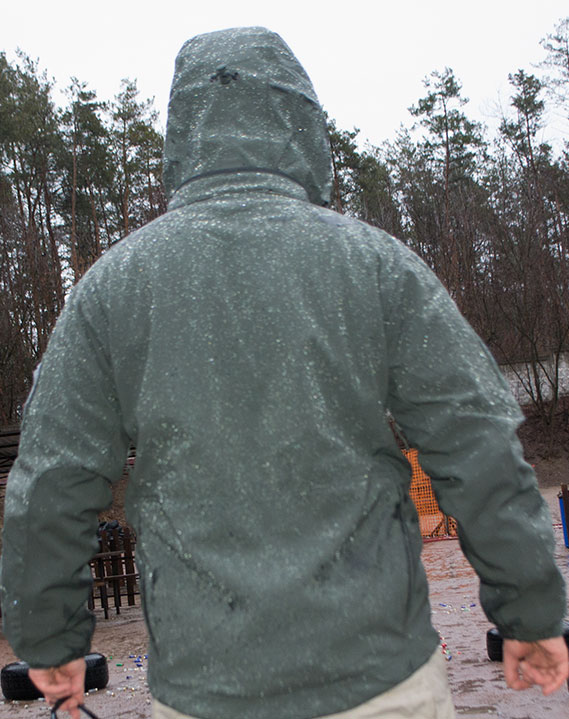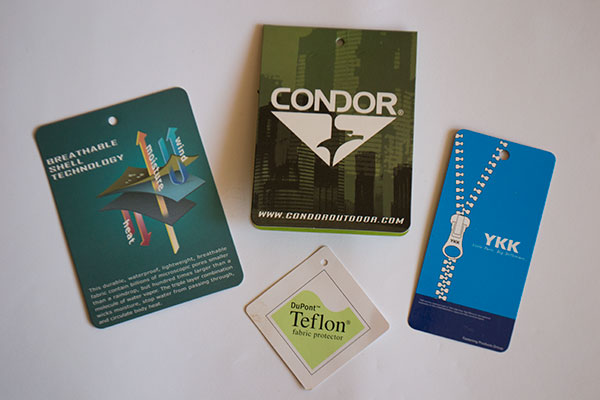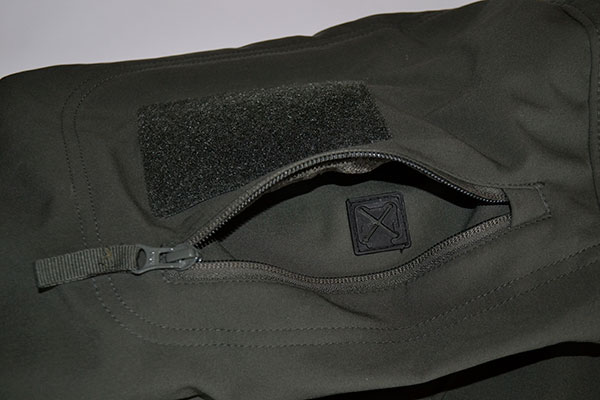Snap, the power is out. What do I do now; how do I survive this blackout?
How To Survive Blackout?


Snap, the power is out. What do I do now; how do I survive this blackout?


GETTING YOURSELF AND PROPERTY READY FOR A HURRICANE
Once you know a storm is headed your way, this is not the ideal time to begin preparations. You should expect seasonal storms and you should be preparing in the months and weeks leading up to the storm season. Trying to purchase supplies and materials within the hours before the disaster strikes can be an economic burden and it may mean you cannot get what you need because the stores have run out of supplies.
THE ESSENTIALS
Look to your home and do what you can to secure it by covering windows and in particular sliding glass doors. Flying glass and other debris causes the majority of injuries during disasters. Make sure outdoor furniture is secured or moved inside to prevent loss, and to keep it from flying into your home causing damage. Rising floodwaters can be gradual or in the case of Hurricane Sandy, homes can be underwater in a matter of minutes. Even if you relocated to the upper floors, your home may be swept off its foundation. Have emergency supplies packed in backpacks so they can be carried easily. That way if you do lose your home to floodwaters or you have to evacuate then you can erect temporary shelters. Make sure you know how to shut your main gas line off at the meter and that you have the proper tools.
1. Having tents and tarps for emergency shelter is important, along with propane heaters and camp stoves for heating food. Have at a minimum one week of food and fuel for heaters and cooking stoves. You cannot rely on natural gas supplied by your local utility company; you must have portable gas bottles of propane.
2. Your water supply can become contaminated or stop all together even if it is supplied by a water treatment plant and any surface water can be contaminated by seawater because of storm surges. You should have a week’s supply of drinking water and water for sponge baths and oral hygiene. One gallon per person daily will cover hydration needs as well as personal hygiene.
3. Use body wipes that are especially for bathing without water to conserve drinking water.
4. Use hand sanitizer because regardless of the situation, you will need to prevent the spread of harmful bacteria.
5. Matches, candles, flashlights and bottled gas/oil operated lanterns for illumination.
6. Battery operated radio.
7. Clothing, thermal blankets, work gloves and proper footwear to protect your feet from storm debris along with cold weather clothing if applicable. Once you realize a storm is coming, make sure everyone stays fully dressed in the event that you must evacuate in a hurry.
8. Have cash and change on hand because you will not be able to access ATM’s or banks.
9. Make sure all of your important documents are packed in a waterproof container and that you can carry the documents with you. You will need insurance paperwork, deeds, mortgage agreements and lease or rental agreements.
10. Make sure your car is fueled up and that you have extra fuel for generators stored safely.
11. Insect repellent and/or netting for controlling insects if applicable.
12. Personal hygiene items
13. Dust masks
14. You should have tools and materials to make emergency repairs to your home, such as tarps and sheets of plywood. Include shovels, rope, brooms, axes and sledgehammers for emergency extraction or rescue of others.
Make sure you visit the website to determine your storm surge risk. If flooding is likely, then you may very well want to evacuate early. Make sure you know where any emergency shelters are located and you know the evacuate routes out of your city or community. Once again, make sure your supplies are transportable by packing them in backpacks. This also makes it easier to keep the supplies close to prevent them from being washed away or damaged. You will need your emergency supplies whether you evacuate or go to a shelter. It may be days before disaster relief agencies are on the ground and distributing emergency supplies.
Read also: Preppers Must Have List
Life can be unpredictable. There are certain events, momentous ones, which, you can’t avoid or prevent. But you can be prepared for whatever life brings your way, and Wise Company is here to help you face those challenges head on. Wise Company specializes in long-term food storage and dehydrated food—Wise offers healthy, real food that’s prepared in only a matter of minutes by adding a little water.
Recommended for all Remington 870 owners: Remington 870 accessories, upgrades, tips, news, how-to videos: Remington 870


There are a lot of soft shell jackets available on the market. Condor and Rothco jackets are the most popular ones. They have very similar look, materials and price. But there are some differences between them.
I have chosen Condor Summit Soft Shell Tactical Jacket and really happy with it. I will try to give you as much info as possible in this review.
It is warm, breathable, water resistant and windproof.
Let’s have a closer look at all features of the jacket. It has Teflon coating, YKK zippers and breathable shell technology:



Condor Summit Jacket has a lot of different pockets.
2 shoulder pockets with two 4″x4″ (10x10cm) shoulder patch panels:


2 chest pockets:

Left Forearm Pocket

2 internal pockets:

Huge back pocket (very handy when you need to take off your gloves, for example):

Stow-away hoodie:


Another nice feature is underarm ventilation:

Here are photos which illustrate what happened after 2 hourse of light rain and one hour of heavy rain:


Jacket was dry inside. The material of the Condor Summit Soft Shell Tactical Jacket works very good, you can see lots of water drops on the jacket but it is not wet. Only small areas of the outside layer were wet.
Here are several photos to show what happened to this soft shell jacket after several hours of wet snow:


Outer shell was mostly dry. Good result.
Highly recommended soft shell jacket. High-quality and inexpensive.
Subscribe to Newsltter, receive Cut Expenses and Then Cut Again ebook!

Food is a priority during a crisis even through the average person can survive up to three weeks without food. Food is comfort and can immediately bolster morale and make the crisis easier to handle. Even the process of making a meal can return some normalcy to an otherwise chaotic situation. Nutrition is a priority, and to ensure you do not lose your food supply to spoilage, rodents and insects it must be processed and stored properly.
Basic Essentials
• Salt/Pepper
• Various Dry Spices: Store To Protect From Moisture Rodents And Insects
• Cooking Oil
• Vinegar: Cider And White
• Flour Stored In Moisture/Rodent And Insect Proof Containers
• Powdered Milk Properly Stored: Used For Nutrition/Making Sauces And Gravies
Food Storage
Canned foods are popular for emergencies and relatively inexpensive and can be purchased virtually anywhere. However, the typical shelf life is one year from date of purchase and the variety can be limited, so persons with specific dietary concerns would have to shop carefully. Because of the limited variety, you will have to stockpile multiples of cans. When calculating amounts the average person will need one can of protein, one can of vegetables and one of fruit daily. Store where there is no chance of freezing and store in a dry area. Canned foods are already processed to prevent spoilage and the freezing and thawing of the contents can ruin the food and cause the can to rupture. Excessive moisture will cause the can to rust prematurely causing holes in the can.
Protein is important during a survival situation to maintain energy levels and proper red blood cell production. Keep in mind your physical activity level will rise during a crisis and you likely burn more calories as a result.
Avoid consuming high sodium foods. Do have comfort foods available but do not consider them a substitute for a well-balanced meal. For children and adults alike have cookies, dried fruits, hard chocolate and crackers available. Crackers and peanut butter will provide needed carbohydrates and protein to supplement a canned food diet. Peanuts, jerky and trail mix make ideal supplements during the day as well.
Dehydrated foods have an extended shelf life up to 30 years in some cases if unopened. They have a large variety from which to choose to include meats, fruits, vegetables, gravies, potatoes and even desserts. Once opened however the shelf life is reduced. The preparation requires water for reconstitution and a means to heat that water. The foods can be stored at room temperature and while the containers can be relatively large, each can contains a large number of meals. Keep in mind when ordering foods for long-term survival the amounts calculated are based on two meals a day.
Meals Ready to Eat (MRE’s) have a shelf life of between five and seven years when stored on the shelf. They require no preparation, so they can be eaten from the package. Each meal has about 1,200 calories and two per day is recommended for each adult.
Considerations
Have a variety of food packages on hand that can be easily carried in backpacks and vehicles. Canned foods are ideal for short-term if you shelter in place but can be cumbersome to carry if you have to relocate or evacuate. Dehydrated foods can be broken down into smaller containers for packing in a backpack, but consider the fact you will need water, a vessel for cooking and a heat source for preparation. MRE’s can be carried in a backpack relatively easily and can be eaten cold or immersed in hot water for heating the food.
1. Stockpile over time to lessen the economic burden
2. Inventory your stockpile once completed and note amounts and expiration dates
3. Rotate foods into your daily diet that are close to expiration and replace
4. Inspect all foods every 90 days for damage from insects and rodents
5. Do not become complacent because a crisis has not occurred and allow your food supply to be used for camping or other outdoor adventures